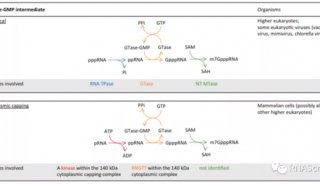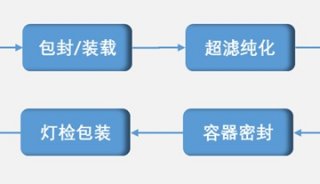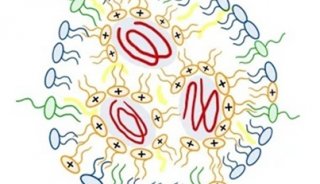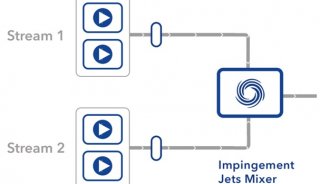Polyadenylation of mRNA

Gene expression requires the coordination and integration of multiple processes, including transcription, splicing, polyadenylation, nucleocytoplasmic export, and translation of mRNAs. Posttranscriptional addition of poly (A) to the 3' end of mRNA is important process conserved from bacteria to humans. In eukarya, polyadenylation is essential for the stability of many mRNAs and also influences the efficiency of translation. Most histone-mRNAs and all sn-RNAs (except U6), however are not polyadenylated. The mature mRNA moves to the nuclear surface and is exported through nuclear pores.
Contributor: Kosi Gramatikoff, PhD
REFERENCES: AJ Shatkin and JL Manley. The ends of the affair: capping and polyadenylation. Nat Struct Biol, Oct 2000; 7(10): 838-42. Diana F. Colgan and James L. Manley. Mechanism and regulation of mRNA polyadenylation Genes & Dev., Nov 1997; 11: 2755 - 2766. Joel D. Richter. Cytoplasmic Polyadenylation in Development and Beyond Microbiol. Mol. Biol. Rev., Jun 1999; 63: 446 - 456. Zhao J et al. Formation of mRNA 3' Ends in Eukaryotes: Mechanism, Regulation, and Interrelationships with Other Steps in mRNA Synthesis Microbiol. Mol. Biol. Rev., Jun 1999; 63: 405 - 445.
-
焦点事件

-
项目成果














